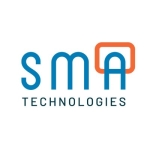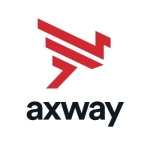Real-time database updating: With other schedulers, you have to upload and download changes. Updating in real-time is less time consuming. You do not have to turn the job on; you can simply leave it off the schedule if it is not needed until a certain date, and you can give it a first-run date. In Control-M, there are a lot of extra steps (uploading or downloading to the database). You have to repeat those steps for turning the job off or on.
I like the layout of Tivoli, it almost functions like an Excel sheet. I like the "tree" to the side and also you can set up different views. If I only have to monitor certain applications, it makes that easier. I also like the filters and views within the scheduling console.
Setting an alternate plan is a good tool when you would like to go to a previous day to see how long a job took to process. I use that a lot.
I wish I had more training. I'm kind of on my own, we are one person per shift right now. I have the user guides that came with the product and wish I had more time to read through. Right now, I use them if I have issues. Because I "get it" when it comes to scheduling (I've been doing it since 1999), I didn't need too much training to pick it up.
Right-clicking options such as reruns and also dependencies come in handy. (I do wish it had the "why" option as I mention below.) But it isn't difficult to find why a job is not running.
Maybe a better way to see what a job is waiting on. (Control-M has a "why" function that would be good here). With Tivoli, you have to investigate for what the job is waiting for, i.e., files, prompts, predecessors.
I have been using it for 1.5 years.
I have not encountered any stability issues.
I have not encountered any stability issues.
I have not used technical support.













